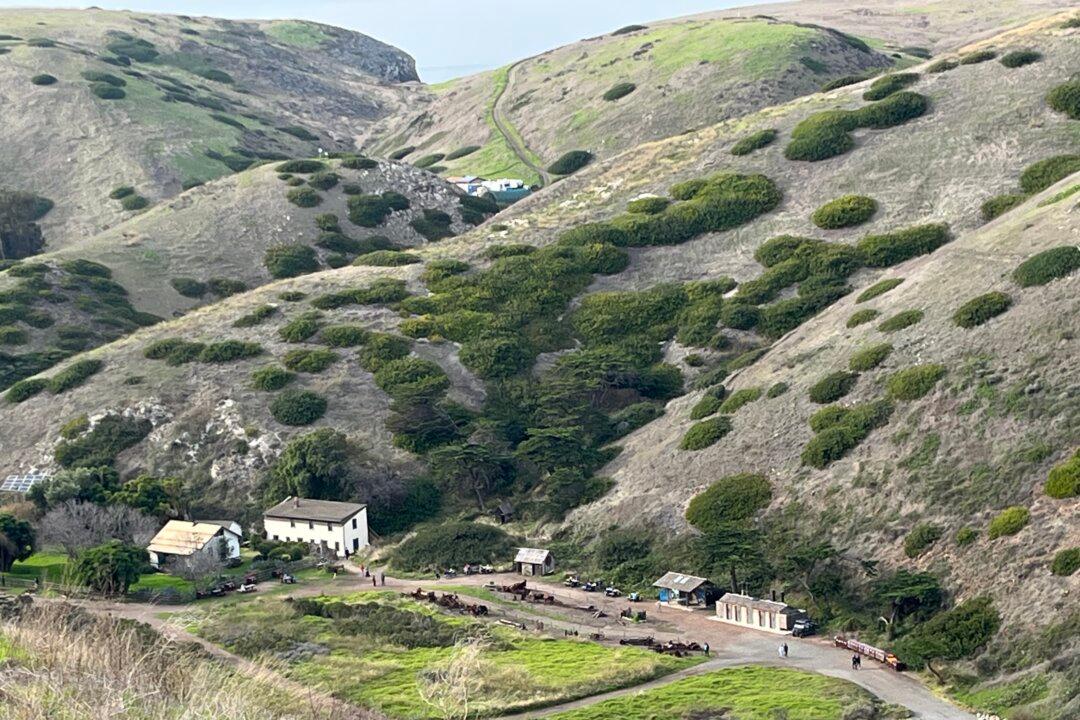Until the 1980s, three of the five National Park Service (NPS) Channel Islands were home to large, century-old ranches managing thousands of sheep for wool, which was shipped to the mainland. These rustic, isolated ranches also produced beef, olive oil, wine, and nuts.
Remnants of a Remote Ranch: Thousands of Sheep Once Roamed Islands Now Preserved by NPS
In this installment of ‘History Off the Beaten Path,’ we visit a once thriving ranch in California.

The remains of the historic Scorpion Ranch site on Santa Cruz Island. Deena Bouknight
A 30-plus-year writer-journalist, Deena C. Bouknight works from her Western North Carolina mountain cottage and has contributed articles on food culture, travel, people, and more to local, regional, national, and international publications. She has written three novels, including the only historical fiction about the East Coast’s worst earthquake. Her website is DeenaBouknightWriting.com
Author’s Selected Articles




